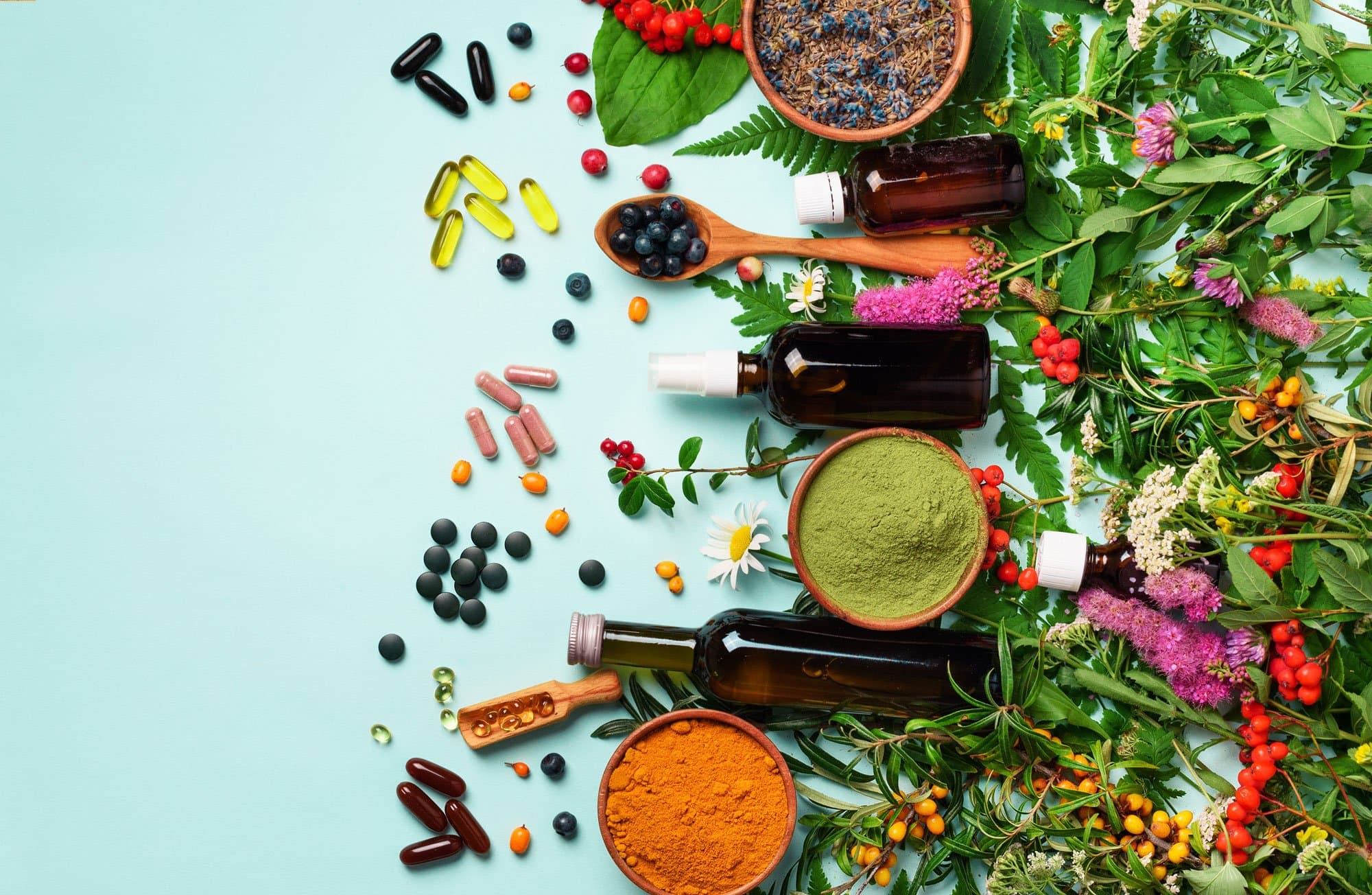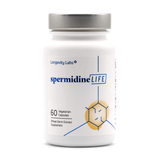
What is NAD?
Is NAD the same as vitamin b3? Where does NAD come from? NAD, or Nicotinamide Adenine Dinucleotide, is an enzyme derived from several different forms of the vitamin B3 (Niacin, Nicotinamide Riboside and Nicotinamide) and amino acids like tryptophan and aspartic acid (2). This enzyme is responsible for maintaining most important biological functions, like DNA repair, immune response, stress response, cellular differentiation, circadian rhythm and metabolism (6, 3). It acts as a carrier for electrons in energy production, oxidizing and reducing to become NAD+ or NADH (4). Additionally, NAD can work to trigger mitochondrial autophagy to help maintain a healthy level of mitochondria and reduce oxidative stress (2). Boiled down, NAD is important because it is present in every cell to help with almost all “biologically important systems in the body”, and the ability to maintain NAD production is “paramount for cell survival and function” (4).
What does NAD do for the body?
NAD has many different waterfall effects throughout the body, both aiding with the energy production systems and regulating proteins responsible for metabolism, DNA repair, stress, circadian rhythms. It also plays a huge role in synthesizing, important proteins that handle cellular homeostasis, which includes autophagy and other longevity-promoting schemes (4, 2). The benefits of maintaining NAD levels are innumerable, with some of the most important being downstream effects that can reduce inflammation, promote autophagy and supervising functions necessary to stay healthy and age efficiently (4, 7). As we age, however, it has been shown that NAD levels in multiple different cell tissues decrease, which leads to many age-related pathologies (4). New research has shown that “NAD intermediates, such as NMN and NR, can effectively restore the NAD pool and cellular functions in aged animals” meaning that NAD supplementation can almost act as a time machine to help the body return to a higher functioning level of years past (4). There are “NAD Therapies” beginning to emerge that take advantage of this phenomena, and use NAD supplementation to target ailments, often age-related, or generally old age itself, but how can I increase my NAD naturally?
How can I increase my NAD naturally?
NAD is synthesized naturally in the body from precursors composed of either vitamin B3 derivatives, or amino acids like tryptophan and ascorbic acid. Therefore, it stands to reason that consumption of foods that have higher levels of these molecules will help someone raise NAD levels.. Research into the proactive supplementation of NAD and it’s precursors is fairly new, so many if not all of the studies done so far have simply dealt with direct supplementation, rather than food sources.
NAD supplementation
Direct supplementation of NAD has demonstrated to be almost ineffective, the reason being the molecule delivered through supplementation is too large to enter the cell and become bioavailable. However, supplementation of intermediates, like NMN and NR, can help right the body’s homeostatic ship and reduce the typical decline in NAD seen with aging (4). The supplementation of the NAD precursors creates a negative feedback loop within the body, which acts on the developing diseases that come along with age to slow or even stop them from progressing farther (juvenescence).
What is NMN good for?
NMN, or Nicotinamide mononucleotide, acts as a promoter for NAD within the body and can help to “rejuvenate cells” and “augment the body’s ability to perform DNA repair” in a positive way. (5). NMN has been exhibited to be “effective at ameliorating age-associated metabolic disorders and slowing the progression of a multitude of age-associated physiological phenotypes” (4), which is thanks in large part to the restored NAD+ levels that result from NMN supplementation. Is NAD and NMN the same? Not only is NMN more readily available for uptake within the system, the process through which it works is fast-acting, with a study showing that after NMN supplementation, it was converted to NAD within 15 minutes, and showed marked increases in NAD levels for over 60 minutes (3). The benefits of NMN supplementation are a part of the waterfall effect discussed previously in the benefits of NAD; essentially, NMN acts to help maintain cellular homeostasis and reduce the damage on cells that is often seen with aging. It benefits multiple different cells through multiple different tissues and almost all organs, from reducing fatty liver, to helping with type 2 diabetes in the pancreas, to protecting the heart from ischemic injury (2).
How do you get NMN naturally?
Similarly to NAD supplementation and how to get it, there is not much research published yet concerning the natural sources of these nucleotides. However, just like NAD, it stands to reason that maintaining a diet with high levels of vitamin B3 and amino acids like tryptophan and ascorbic acid, all of who play a part in the synthesis of NAD and NMN, will help a person achieve an elevated level of these molecules within their system. As far as safety for supplementation is concerned, in a study done on 10 healthy male subjects, NMN supplement caused no significant symptoms with supplementation and, unlike niacin, did not cause facial flushing or nausea of any kind. The newness of this field of research, and therefore the lack of supporting evidence, makes it hard to guess at dosing for supplementation, but in the same study done on these men, up to 500 mg were used per person with little to no ill-effects (1).
As the quest for the newest and best solution to the ever-present problem of aging continues, science follows suit, providing us with multitudes of pathways to potentially adjust our own aging process. NAD and its subsequent loss as we age is certainly a newer player in the field of anti-aging, but when you take a step back and look at how deeply intertwined this nucleotide and it’s precursors are in almost all of our biological functions, it makes sense to think that simply supplementing NAD or NMN to help replenish the levels we lose as we age would prove to be effective in helping not only fight the diseases that often come with age, but also fight aging itself.
Listen to this article:







